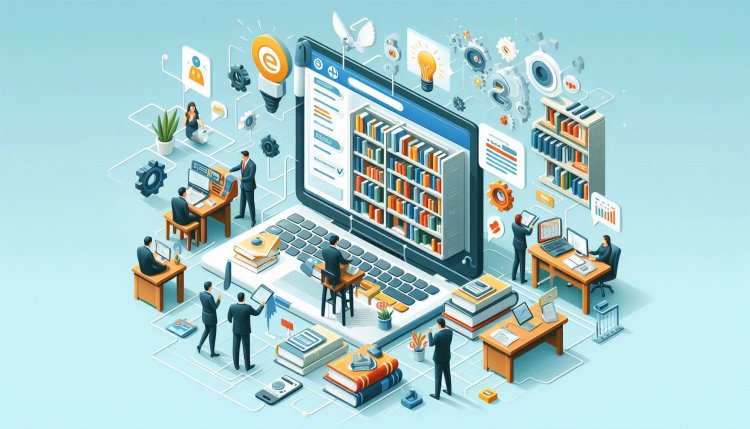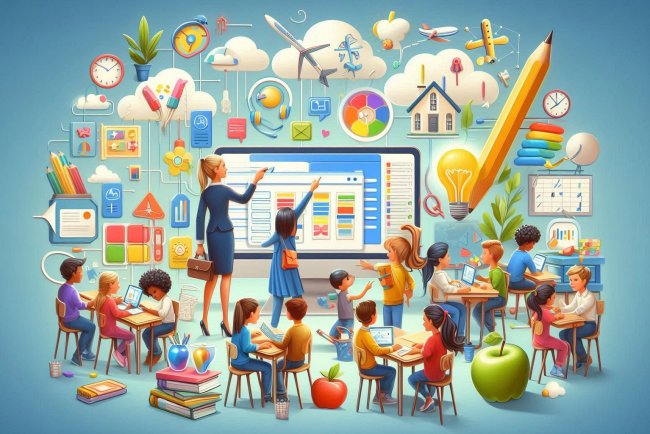AI in manufacturing: Robotics and automation
Revolutionize manufacturing with AI-driven robotics and automation. Enhance efficiency, accuracy, and productivity in industry 4.0 with cutting-edge technology.

AI in Manufacturing: Robotics and Automation
Artificial Intelligence (AI) has revolutionized the manufacturing industry by enabling robots and automation systems to perform complex tasks with precision and efficiency. From assembly lines to quality control, AI-powered robotics have transformed the way products are made and processes are managed.
Benefits of AI in Manufacturing
There are several benefits of integrating AI into manufacturing processes:
- Increased Efficiency: AI-powered robots can work faster and more accurately than human workers, leading to higher productivity and lower production costs.
- Improved Quality: AI systems can perform intricate tasks with precision, leading to better product quality and fewer defects.
- Predictive Maintenance: AI can analyze data from sensors to predict when machines will need maintenance, reducing downtime and preventing costly breakdowns.
- Optimized Supply Chain: AI can analyze demand forecasts, inventory levels, and production schedules to optimize the supply chain and reduce lead times.
Applications of AI in Manufacturing
AI is being used in various ways in the manufacturing industry:
- Robotic Assembly: AI-powered robots can assemble products with speed and precision, reducing the need for human workers in repetitive tasks.
- Quality Control: AI systems can inspect products for defects or deviations from specifications, ensuring high-quality standards are maintained.
- Inventory Management: AI can optimize inventory levels and reorder points to prevent stockouts and minimize carrying costs.
- Predictive Maintenance: AI can analyze equipment data to predict when maintenance is needed, reducing downtime and extending machine lifespan.
Challenges of Implementing AI in Manufacturing
While AI offers numerous benefits, there are challenges to implementing AI in manufacturing:
- Cost: Implementing AI systems can be expensive, requiring investment in hardware, software, and training.
- Integration: Integrating AI systems with existing manufacturing processes can be complex and time-consuming.
- Data Security: AI systems rely on data to make decisions, raising concerns about data privacy and security.
- Workforce Displacement: The adoption of AI-powered robotics may lead to job displacement for workers who are replaced by machines.
Future Trends in AI and Robotics
The future of AI and robotics in manufacturing looks promising, with several trends emerging:
- Collaborative Robotics: Collaborative robots, or cobots, are designed to work alongside human workers, enhancing productivity and safety.
- AI-driven Design: AI can assist in product design by analyzing data and generating optimized designs for performance and manufacturability.
- Edge Computing: Edge computing enables AI algorithms to run on devices at the edge of the network, reducing latency and improving real-time decision-making.
- Explainable AI: As AI systems become more complex, there is a growing need for transparency and explainability in decision-making processes.
Conclusion
AI and robotics are transforming the manufacturing industry, enabling companies to improve efficiency, quality, and flexibility in their operations. While there are challenges to overcome, the benefits of AI in manufacturing are clear, and the future holds exciting possibilities for further innovation and advancement.
What's Your Reaction?

















